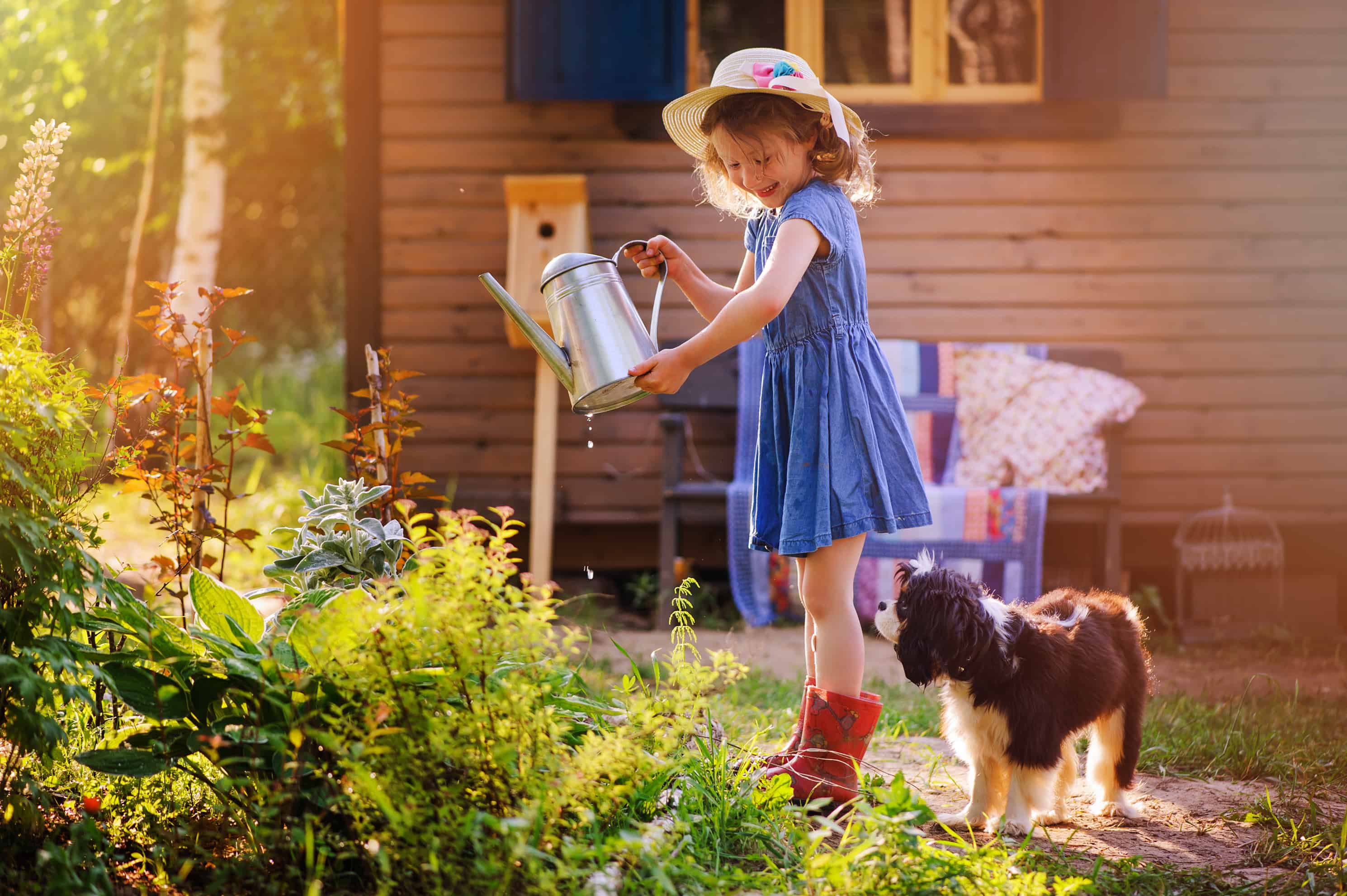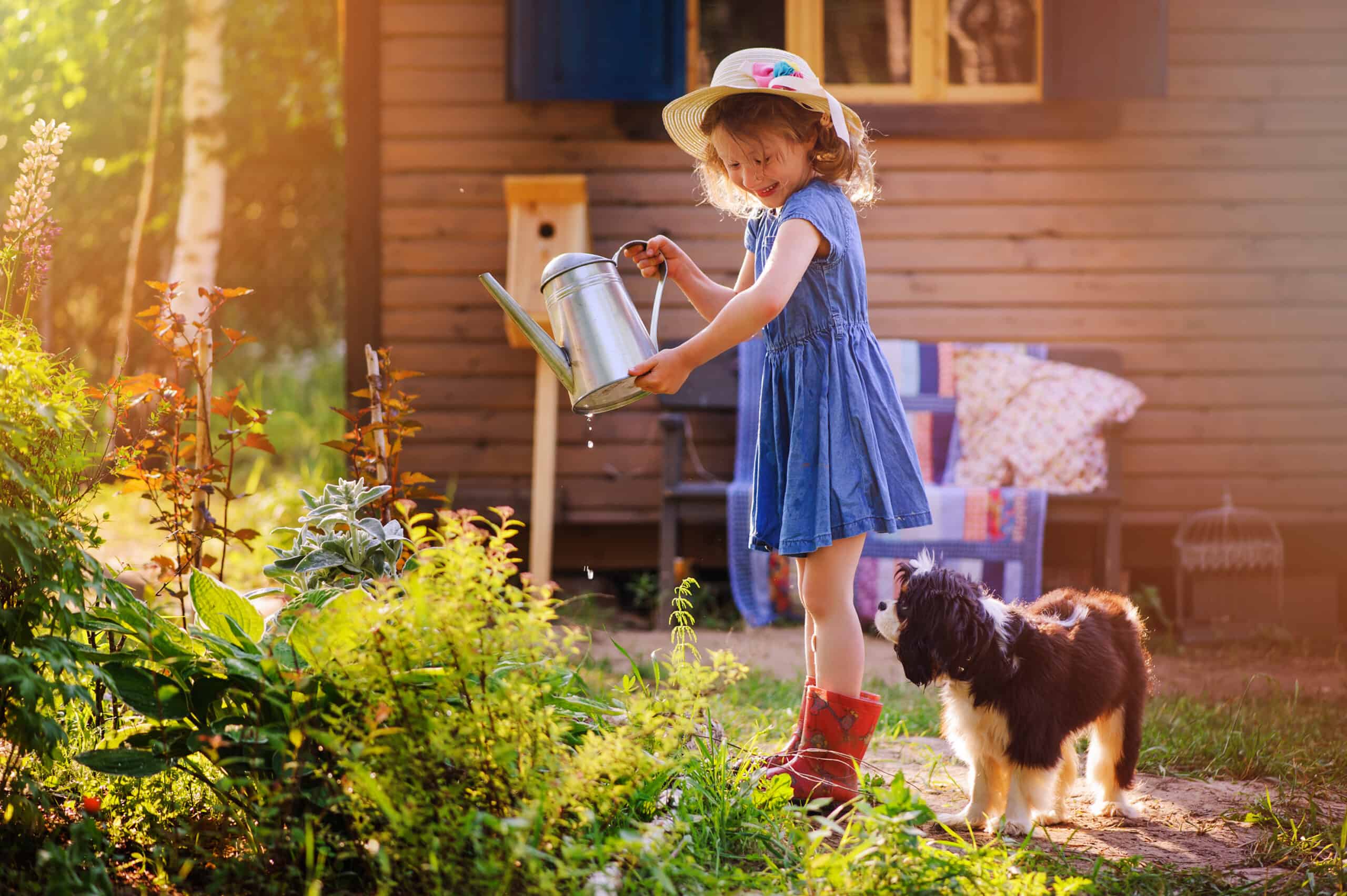Smell the Roses With Our Spring Pet Safety Tips
 When you pay attention to the myriad risks out there and make safe choices, you really can have your cake and eat it, too. Remember, when we discuss spring pet safety, our goal is not to frighten you and your pet. Instead, we want you to think carefully about your surroundings to create opportunities for your pet to enjoy springtime in every way possible. So go slice that cake and take a bite!
When you pay attention to the myriad risks out there and make safe choices, you really can have your cake and eat it, too. Remember, when we discuss spring pet safety, our goal is not to frighten you and your pet. Instead, we want you to think carefully about your surroundings to create opportunities for your pet to enjoy springtime in every way possible. So go slice that cake and take a bite!
The Cart Before the Horse
If it’s been awhile since your pet’s last wellness visit, spring is an excellent time to make an appointment. We can help you get a jumpstart on spring pet safety in the following ways:
- Parasite prevention (fleas, ticks, and mosquitoes are on their way!)
- Develop an exercise routine for the coming weeks
- Address any concerns regarding weight or diet
- Update vaccinations
- Spay/neuter your pet (spring is a natural time for pets to come into heat)
- Discuss the benefits of grooming (springtime shedding can be overwhelming)
- Schedule a dental health examination or cleaning
Spring Cleaning
The weeks following the last frost are a busy time for all of us. Suddenly, we have to clean out the closets, have a garage sale, and work on the yard. Keeping the following tips in mind will make spring pet safety much easier to attain:
- Don’t Chew! Backyard blooms are irresistible, but be sure your pet only admires these flowers from afar: daffodils, spring crocus, lilies, lily of the valley, chrysanthemums, ivy, oleander, tulips, and many others. For more information about what you might have popping up around you, call us or consult this list of toxic plants.
- Fertile Ground. The common use of fertilizers, pesticides, and insecticides can be potentially toxic for your pet. Finding alternatives to these is ideal. Otherwise, keep your pet away from the bottles or containers, and apply them only in areas your pet doesn’t frequent.
- The Yard. Check your fencing and gating systems. Winter presents lots of repairs for the spring, and it’s best not to find out the hard way that your fence is broken. Also update your pet’s microchip information and check that tags are clear.
- Products. Cleaning chemicals have come a long way, but there’s still cause for concern when exposing your pet’s sensitive system to all-purpose cleaners. Household products should be used only when your pet is not inside the home or is safely contained in another room. Store properly to avoid accidental consumption.
- The Sneeze Factor. Spring pet safety can hinge on exposure to specific allergens. Pollen, dust, mold, and dander can cause a lot of irritating sniffling, sneezing, and scratching this time of year. Keep your pet’s area and bedding super clean, vacuuming once a day.
- Curb Thirst. Extra rain showers or an increase in sprinkler use will naturally result in puddles around the neighborhood. Cats and dogs can’t resist lapping up a taste or two, but be careful as standing water can be full of bacteria.
Spring Pet Safety Fun!
Once you’re aware of the risk factors (and more), you can embrace all the good that spring has to offer. As with anything related to your pet’s health, wellness, and happiness, we encourage you to contact us with any questions or concerns. Happy spring!

